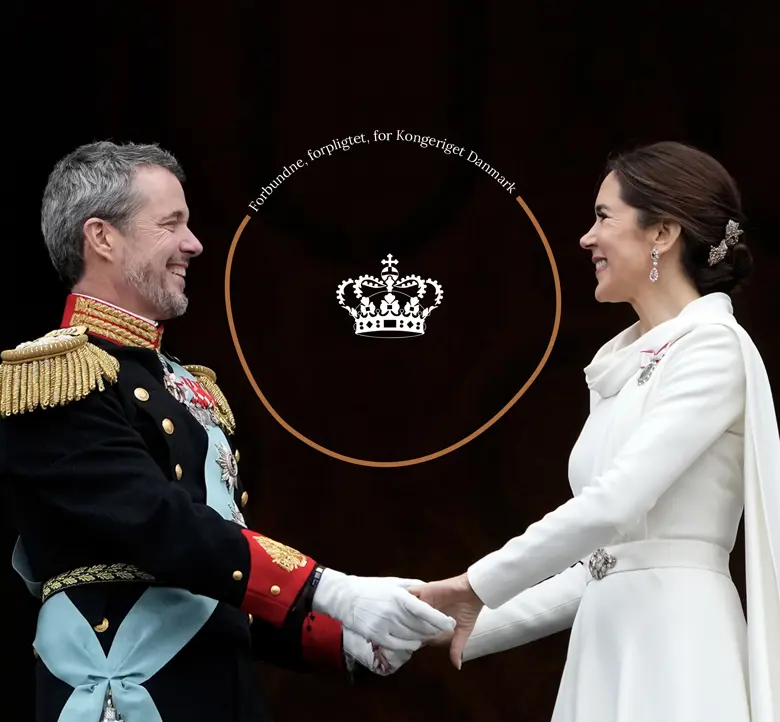THE HISTORY BEHIND THE ORDER OF THE ELEPHANT

This evening, The Queen and The Prince Consort hold the New Year’s banquet in Christian VII’s Palace at Amalienborg, where the members of the royal family will wear Denmark’s most distinguished order: the Order of the Elephant.
At the tradition-rich New Year’s banquet on 1 January, the Order of the Elephant is worn on the chest on a chain-link collar, which rests on both shoulders. On other occasions, the order is worn on a blue sash that extends from the left shoulder to the right hip.
This follows a tradition that was already laid down in 1693 when Christian V issued the first written statutes, which are still valid. In those statutes it was determined, among other things, that on the Order’s festival days – of which the first day of the year is one – the Order of the Elephant is to be worn on a golden chain consisting of alternating links shaped like elephants and towers instead of on a blue sash.
The Order of the Elephant, however, has a history that goes considerably further back than 1693. Far and away, it is Denmark’s oldest and most distinguished royal order of chivalry. In its original form, it can be tracked back to around 1460 when Christian I, with the Pope’s approval, established “The Fellowship of the Mother of God”. That society’s badge was a medallion of The Virgin Mary and the Infant Jesus worn on a chain of tower-bearing elephants.
In connection with the Lutheran reformation in 1536, use of the Catholic-inspired order was suspended for a number of years. In 1580, Frederik II revived it, then with the elephant as the order’s badge. With the statute of 1693 came the first established rules for the presentation of the Order’s insignias: the tower-bearing elephant, the chain-link collar, the blue sash, and the star worn on the left chest. These rules are still in force.
THE ELEPHANT
The explanation of why the badge is a tower-bearing elephant is that the collar of "The Fellowship of the Mother of God" (the Order of the Elephant’s predecessor) contained a tower-bearing elephant. The choice of the elephant as the actual badge therefore signalled a certain form of continuity between the older pre-Reformation Catholic order and the revived Order of the Elephant from 1580. Through this artifice, it was possible, on one hand, to put the old Catholic order at a distance but also, on the other hand, to signal a discreet link, which ensured the Order of the Elephant a venerable age.
No valid explanation can be found in the Order of the Elephant’s statutes or other available material as to why the elephant gained foothold as a symbol in a Danish order.
BESTOWALS
From 1580 until now, around 890 persons in all have received the Order of the Elephant.
During The Queen’s 40-year reign, the Order of the Elephant has been bestowed upon 68 people in all. The recipients have been royal persons and foreign heads of state; once, the order was given to a common-born Dane, namely the recently deceased shipowner Mærsk Mc-Kinney Møller, in appreciation of his great importance to Danish economic life and the Danish society.
On borger.dk, a complete list of living recipients of the Order of the Elephant can be found.
THE ORDER’S SPECIAL DAYS
The Order of the Elephant has three particular days on which the badge is worn on a chain-link collar:
- 1 January: The Knights’ day
- 16 April: HM The Queen’s birthday
- 28 June: birthday of Valdemar the Victorious


